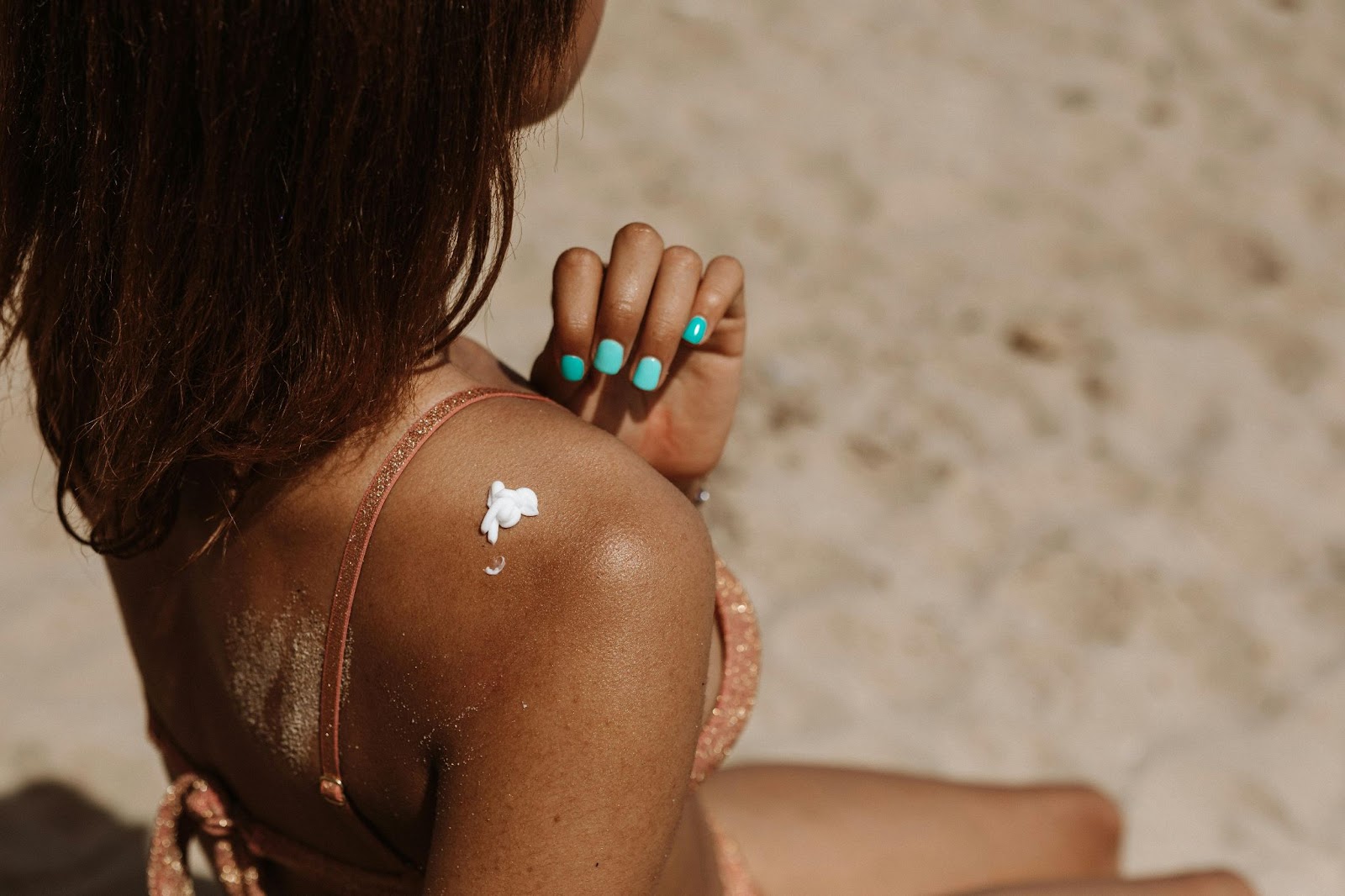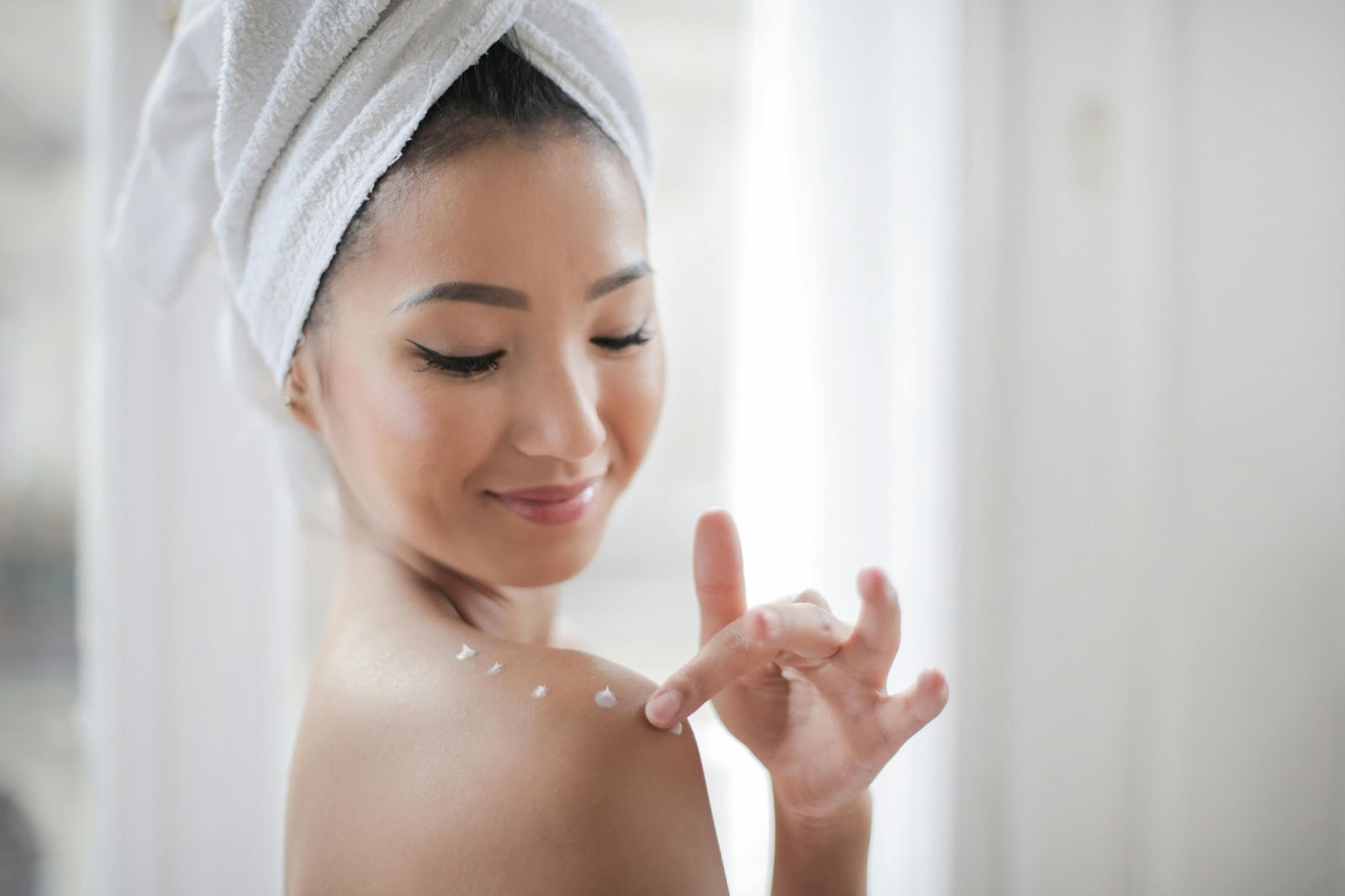While sun tanning is a common way to achieve sun-kissed skin, it must be planned and done with care to maximize benefits and minimize risks From the underlying science of the sun hair care to tips on getting the right tan we cover everything you need to know in this in-depth guide.

Sun tanning: What is it?
When your pores and skin will become darkish or tanned due to ultraviolet (UV) rays from the solar or synthetic products consisting of tanning beds, this is referred to as sun-caused melanin tanning , a pigment that protects the skin from UV rays, is clearly tanning.
Although having gold makes you look right, too much solar publicity can lead to sunburn, untimely ageing and even pores and skin most cancers.
The Science of Suntanning
Gaining knowledge of how a tanner works will help you tan better and more successfully:
- UV: The solar is the source of ultraviolet radiation.UVA rays penetrate deeper and reason damage to pores and pores and skin, inflicting getting older, at the same time as UVB rays reason sunburn and spoil tissue and pores and skin.
- Melanocytes—the cells that make melanin—are inspired by means of UV rays that enter the pores and skin and pores. This method shields your pores and skin and pores from damage via both soaking up and dispersing UV radiation.
Advantages of Sun Tanning
When carried out nicely, solar tanning has some of benefits:
- Increases Vitamin D: Vitamin D synthesis, important for healthful bones and a strong immune system, is stimulated with the aid of extended sun exposure
- Mood development: Sunlight boosts serotonin ranges, boosting your mood and making you feel suitable.
Improves complexion: You can have a healthy glow with skin that is balanced and lively.
Sun Tanning Risks
While rub down is famous, there are some ability risks:
- Sunburn: Excessive UV publicity can damage the pores and skin, causing painful burns.
- Skin maximum cancers: Prolonged exposure to ultraviolet mild will increase the chances of melanoma and other pores and skin cancers.
- Premature getting older: UV rays can accelerate pores and skin getting old, inflicting wrinkles and ageing.
Safe sun tanning guidelines

To tan safely and reduce hazards, adhere to following guidelines:
1. Select the Appropriate Tan Time
Steer clear of the harshest UV hours, which are from 10 AM to 4 PM.
Select the early or late afternoon for more secure exposure.
2. Apply sunscreen. Sensibly
Use sunscreen that has a minimum SPF of thirty and is large-spectrum.
Every two hours and after swimming or perspiring, reapply.
3. Get Your Skin Ready:
Remove dead skin cells for an even tan.
Hydration: Well-hydrated skin gives a good tan and retains its shine for longer.
4.Reduce the duration of exposure
Start with quick sessions (15–20 minutes) and work your way up.
Keep your tan from getting too hot.
5. Drink water and eat food
Keep your self hydrated via ingesting masses of water.
Eat end result, veggies, and different antioxidant foods to defend your pores and skin from UV rays.
Natural Sun Tanning Substitutes
To stay out of the sun, take these safe steps:
Makeup: Without exposure to UV light, these products mimic the appearance of a tan.
Professional spray tans give off a sunless, uniform glow.
Bronzing Makeup: For special occasions, temporary bronzers create a sun-kissed look.
Are Beds for Tanning Safe?
Sunlight may not always be as harmful as tanning salons’ concentrated UV rays.Among the risks are:
- higher risk of developing skin cancer.
- accelerated aging.
- possible harm to the eyes.
Experts advise staying away from tanning lamps completely and choosing safer substitutes instead.
How to Maintain a Long-Lasting Tan

To keep the health of your pores and skin and enlarge your tan:
Every day, moisturize: Skin that is hydrated retains its tan longer.
Avoid Exfoliation: To avoid fading, avoid using abrasive scrubs.
Protect Your Skin: To prevent peeling and additional damage, keep applying sunscreen.
Untruths Regarding Sun Tanning
Let’s dispel a few widespread myths:
- Myth: Getting a base tan can protect you against sunburn.The truth is that a tan is not a replacement for sunscreen and offers very little protection.
- Myth: Sunscreen is unnecessary for darker skin. Truth: UV rays can harm any type of skin.
- Myth: Acne is resolved by tanning. Truth: Over time, UV rays can exacerbate acne even though they may momentarily lessen inflammation.
Wearing sunglasses is another way to achieve the ideal tan.
- Defend your eyes against UV radiation.
- Remember your lips by using an SPF-containing lip balm.
- Stay away from Reflective Surfaces: Water and sand can intensify UV radiation.

In conclusion
When done correctly, sun tanning can be a fun and safe way to achieve glowing skin.
You can take gain of the advantages by way of understanding the science, taking precautions for safety, and exploring different approaches to lessen dangers.
Never underestimate the importance of protecting and being concerned for your skin.






Pingback: Korean Skin care Laws Exposed Your Ultimate Guide - skincaresights.com
Pingback: Age-Defying Skincare: The Complete Manual for Bright, Youthful Skin - skincaresights.com
Pingback: The best evening skincare routine for Healthy Skin - skincaresights.com